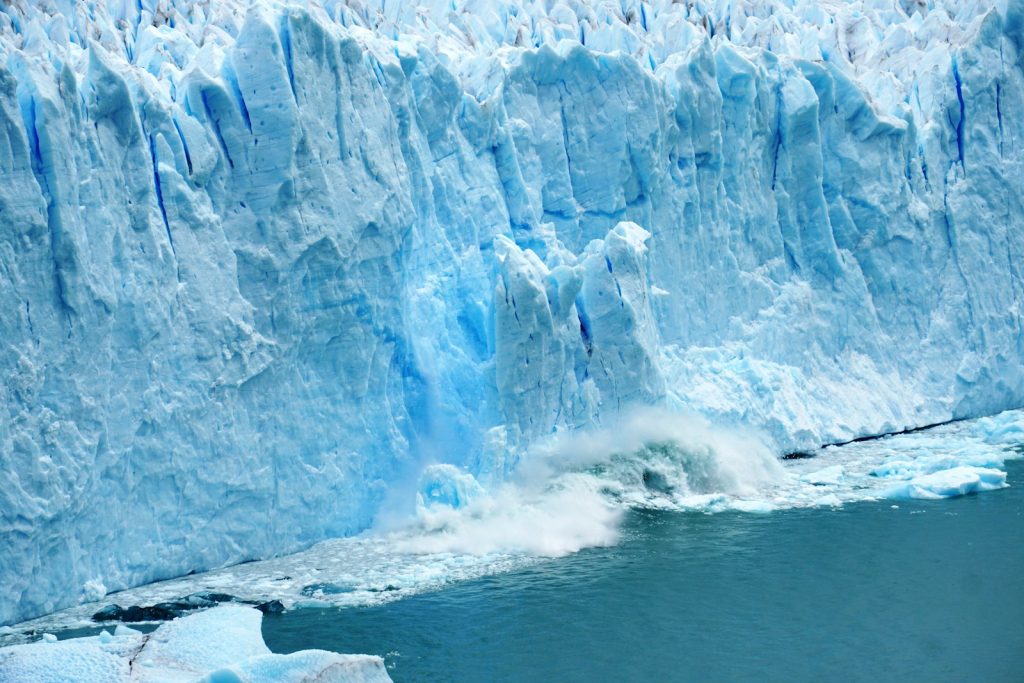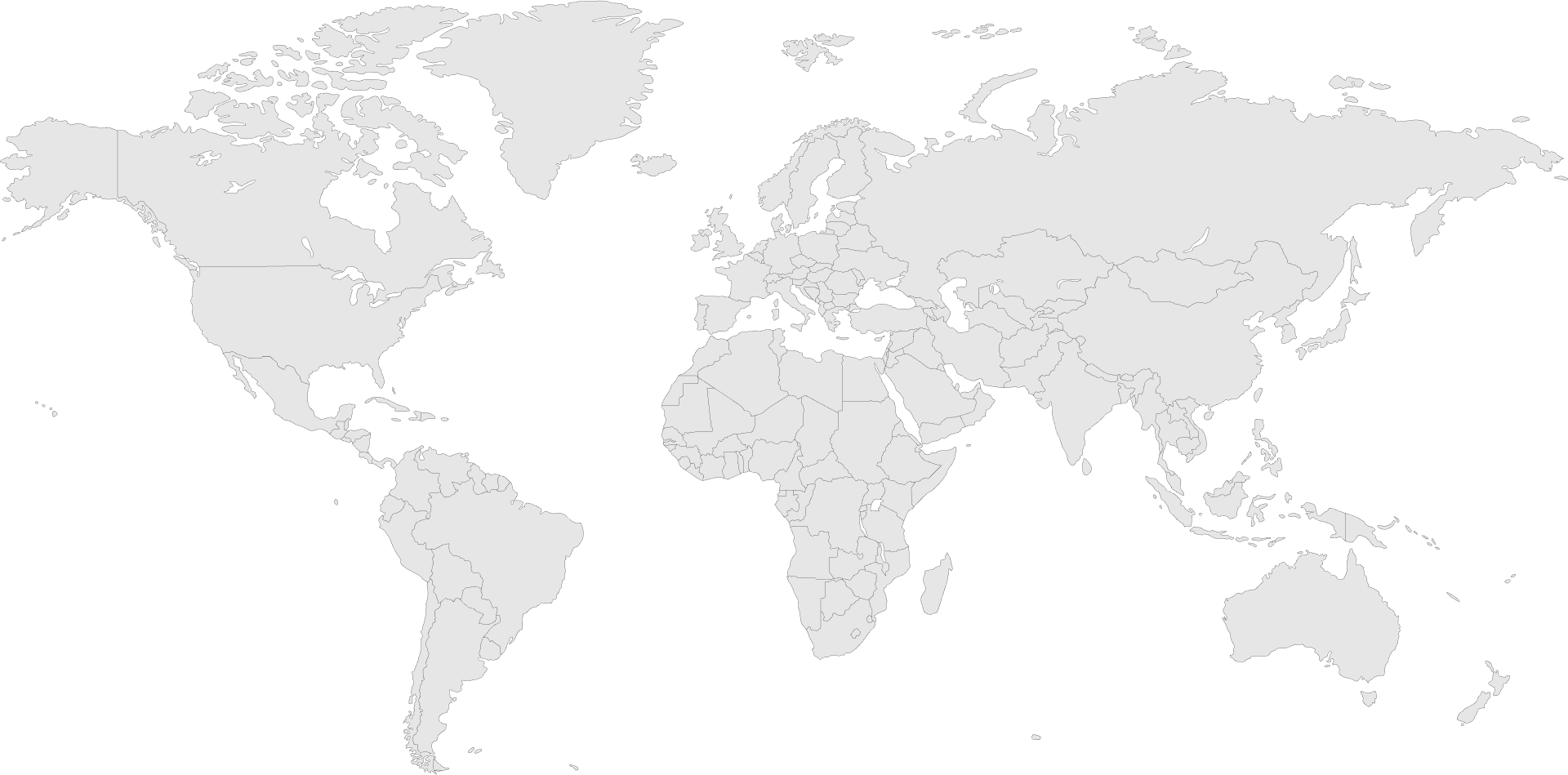

The accelerating threats of climate change and biodiversity loss are critically impacting human well-being. Polar regions, which are key indicators of our planet’s health, are under the stress of rapidly escalating climate warming, whilst remaining largely unexplored due to their remote location.
This lack of research has led to substantial gaps in our understanding of carbon dynamics and biodiversity changes in these ecosystems, weakening our ability to accurately measure polar carbon stocks and project climate feedback mechanisms.
POMP’s mission is to fill these knowledge gaps and deepen our understanding of role of polar regions in climate change mitigation. By combining existing knowledge from prior and current EU projects with the data and tools that POMP will generate, we aim to provide a more comprehensive picture of these critical ecosystems.
Advancing our understanding of the role of polar marine ecosystems in climate and biodiversity, POMP aims to fill crucial knowledge gaps about the extent and magnitude of polar blue carbon sinks.
Developing innovative CO2 mitigation assessment tools, integrating ecological models with in situ and remote sensing data, to contribute significantly to national and international climate strategies.
Bridging the gap between scientific knowledge and practical applications, POMP strives to inform and shape effective environmental policies, catering to the urgent need for sustainable management of polar marine habitats.
Eva Leu (APN) and Marit Reigstad (UiT)
To understand the role of emerging polar oceanic habitats for C-capture, storage and sequestration in relation to their biodiversity, and identify the most important environmental controls on potential shelf and off-shelf hotspots for C-uptake and burial.
Paul Renaud (APN) and William Austin (StAU)
To fill knowledge gaps for management based on findings from WPs 1, 2 and 3 and to propose actions in support of sustainable management of both biodiversity and natural carbon stocks.
Miguel Leal (SCC) and Dorte Krause-Jensen (AU)
To ensure effective external communication of the project and its results to the general public, decision makers, and the scientific community, as well as inter-project coordination and synergy. Ultimately, WP5 aims to ensure broad societal communication of lessons learned, ensure that results are available for exploitation by key stakeholders and the scientific community, and promote a strong communication and exchange of information with other European projects within the scope of marine biodiversity, climate change, and blue carbon.
Mikael Sejr (AU) and Jakob Thyrring (AU)
To ensure proper coordination and management of the project, in accordance with ethical, gender and equity guidance, within the consortium, between the consortium and the EC, including reporting. The WP is designed to ensure the achievement of project objectives and deliverables, by means of an adequate use of the resources allocated to each partner and WP.
Eva Leu (APN) and Marit Reigstad (UiT)
To understand the role of emerging polar oceanic habitats for C-capture, storage and sequestration in relation to their biodiversity, and identify the most important environmental controls on potential shelf and off-shelf hotspots for C-uptake and burial.
Paul Renaud (APN) and William Austin (StAU)
To fill knowledge gaps for management based on findings from WPs 1, 2 and 3 and to propose actions in support of sustainable management of both biodiversity and natural carbon stocks.
Miguel Leal (SCC) and Dorte Krause-Jensen (AU)
To ensure effective external communication of the project and its results to the general public, decision makers, and the scientific community, as well as inter-project coordination and synergy. Ultimately, WP5 aims to ensure broad societal communication of lessons learned, ensure that results are available for exploitation by key stakeholders and the scientific community, and promote a strong communication and exchange of information with other European projects within the scope of marine biodiversity, climate change, and blue carbon.
Mikael Sejr (AU) and Jakob Thyrring (AU)
To ensure proper coordination and management of the project, in accordance with ethical, gender and equity guidance, within the consortium, between the consortium and the EC, including reporting. The WP is designed to ensure the achievement of project objectives and deliverables, by means of an adequate use of the resources allocated to each partner and WP.

Barents Sea
Qikiqtarjuaq (Canada)
Svalbard Fjords
W. Greenland
E. Greenland
W. Greenland fjords
Baffin Bay
E. Canada

King George Island
Ryder Bay
Weddell Sea
The melting of sea ice is a well-documented impact of rising global temperatures. Yet, it is just one amidst many unknown consequences of climate change in the polar environments. Polar areas remain largely unexplored due to their remoteness, particularly regarding the biogeochemical responses to the physical changes brought on by climate change. For example, it is expected that reduced ice cover increases sunlight exposure on the seafloor in shallow waters, and that the sea ice melts earlier during the summer season. However, the impacts on polar primary production and biodiversity are still unclear.
Marine primary producers in the polar regions play a crucial role in capturing and converting atmospheric CO2 into organic matter for their growth. Part of this production enters marine food chains, part of this production is decomposed and released as CO2, while only a small fraction is eventually stored over the long-term in shelf sediments and in the deep sea. This ocean-captured carbon is known as blue carbon and is key to the functioning of polar carbon cycles and in the biological carbon pump. The marine primary producers responsible for these processes are incredibly diverse, from phytoplankton to macroalgae, seagrasses and microphytobenthos. The fate of the organic matter produced by polar marine primary producers is currently poorly constrained, but is critical to understanding the degree to which this captured carbon can be buried and stored over long time periods.
Blue carbon habitats refer to marine and coastal ecosystems that capture and store carbon from the atmosphere, and which can be managed. In the polar regions, the relevant coastal blue carbon ecosystems include kelp forests, salt marshes and seagrass meadows and fjord systems. Some of them are particularly effective at capturing carbon and contributing to carbon storage in the ocean. Non-coastal blue carbon is also relevant as phytoplankton blooms not only feed higher trophic levels in the pelagic but also at the sea floor, through a high export of organic carbon. Management to protect and increase key habitats that capture carbon and key sink areas in the seafloor could potentially contribute to climate change mitigation while also supporting biodiversity. Saltmarshes and seagrasses are acknowledged manageable blue carbon habitats storing carbon in the sediment, which can be quantified. Kelp forests, by contrast, grow on hard substrates which do not accumulate carbon, but part of their production is exported to carbon sinks beyond the habitat, and as this contribution is challenging to quantify and manage kelps are considered “emerging blue carbon habitats”.
Knowing the locations of blue carbon and biodiversity hotspots and the processes behind the carbon cycle is crucial to preserve and maximise their mitigation potential. Currently, our understanding on how these ecosystems respond to climate change is limited, particularly how it impacts their capacity to capture and store CO2. The solution to these knowledge gaps lies in combining empirical data and models to accurately quantify and map blue carbon hotspots. This will also help monitor how ecosystems change over time and upscale those insights to similar areas.
New and precise databases on polar blue carbon habitat biodiversity, distribution and functioning are indispensable to devise effective strategies for their conservation and management. Only then can policymakers and conservationists take informed action towards safeguarding these ecosystems and their rich biodiversity. Without this type of knowledge, efforts to mitigate climate change impacts may fall short, compromising the health of our planet’s polar regions.